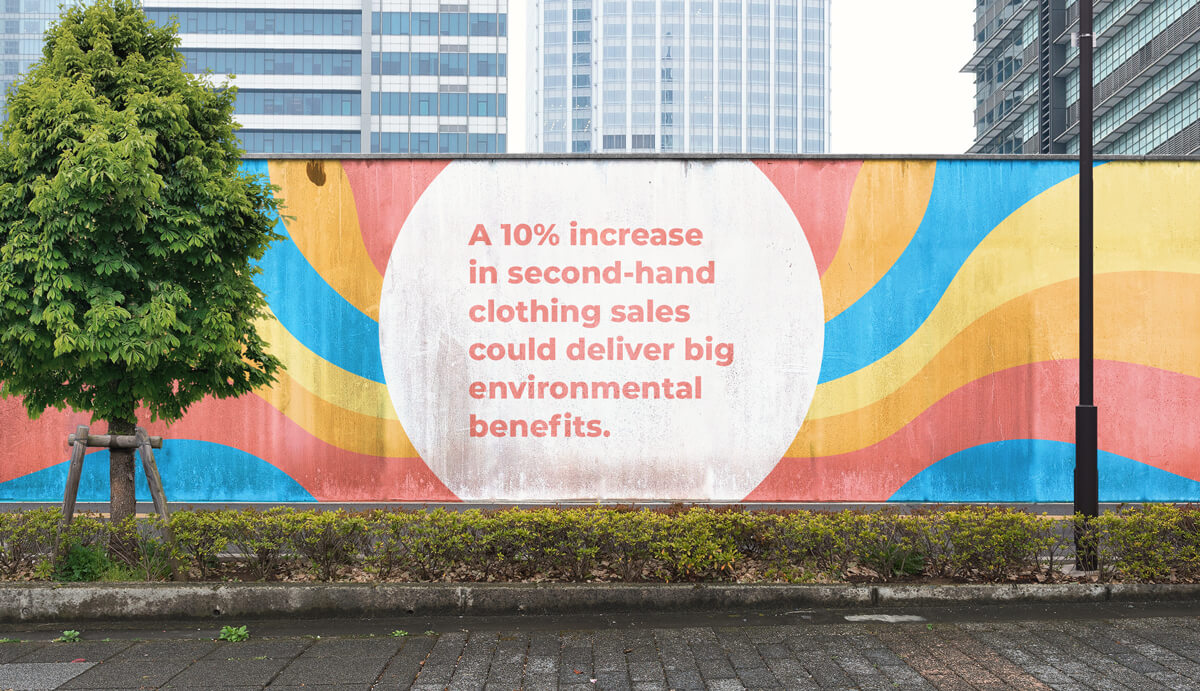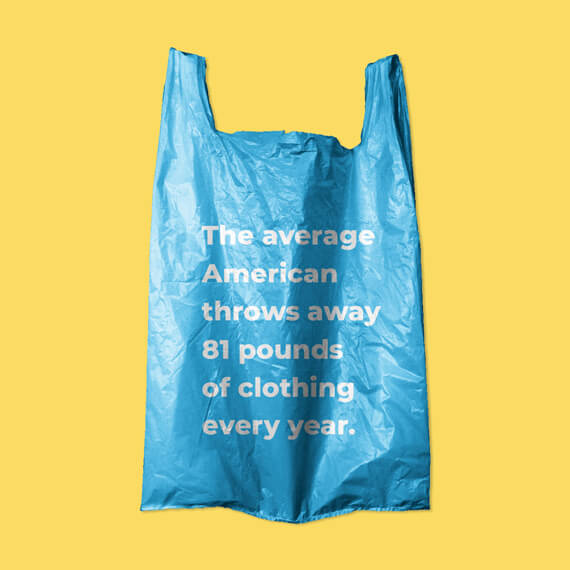Fashion Can Be Affordable, Fashionable AND Sustainable
April 22, 2021

Earth Day is a day to think about how to make positive impacts on our world. For some, Earth Day has become Earth Week or Earth Month, but helping the earth is something we do every day.
Most people don’t consider or know the impact our clothes have on the environment. Producing different clothing requires significant amounts of chemicals, water, energy and other natural resources. Did you know it takes 2,700 liters of water to make ONE cotton t-shirt and roughly 2,000 gallons to produce ONE pair of jeans?
Fast vs. Slow Fashion
“Fast fashion” refers to clothing produced quickly to keep up with the latest trends. This clothing is often made with inexpensive materials and is sold at low prices. Low prices for trendy clothes may seem to benefit consumers, but it costs our planet so much more.
Sustainable or slow fashion uses locally produced, biodegradable fabrics that have little to no effect on the environment. When they are done being worn, these fabrics can actually have a positive impact on the environment.

The problem with fast fashion
With fast fashion clothing not made to last and the use of low-quality, non-biodegradable materials, these clothes are often discarded into landfills within a few months of purchase and can take decades to break down completely, harming the environment in the process. Just in the United States alone, 16.9 million tons of textile waste was generated and only 15.2% was recycled, which resulted in 11.2 million tons of textile waste in landfills.
Affordable prices and constantly-changing trends leads to a never-ending cycle of consumers continuing to buy clothing, discard and buy more to stay fresh with the latest styles. No one ever said staying trendy was easy!
How you can help
There are many ways to help reduce textile waste and make your wardrobe more sustainable. Here are some ideas to get you started:
Donate
Donating gently used clothing is a great way to give back while keeping textiles out of landfills. By donating to your local Goodwill, you know those items will be reused by someone, rather than populating our nation’s landfills. And any clothing that isn’t sold gets recycled. Here is more information on donating items to Goodwill.
Shop Secondhand
Shopping secondhand is one of the easiest and best ways to reverse the impact of fast fashion, and is super fun! Thrift shopping is highly affordable and extends the life cycle of perfectly good used items. Goodwill offers everything from vintage clothes, to rare finds, brand name labels and more!
Host a clothing swap or exchange
You’ve probably heard the saying, "one's trash is another’s treasure” and the same applies when it comes to your used clothing. The average American throws away around 81 pounds of clothing annually – that’s the weight of a dishwasher or a bag of concrete! Hosting a clothing exchange event is a great way to not only get together with friends and family, but also receive new clothing while recycling other items.
Earth Day is April 22 and we hope to see you taking the next step to make a positive impact for our planet at your local Goodwill to shop or donate!

Categories
